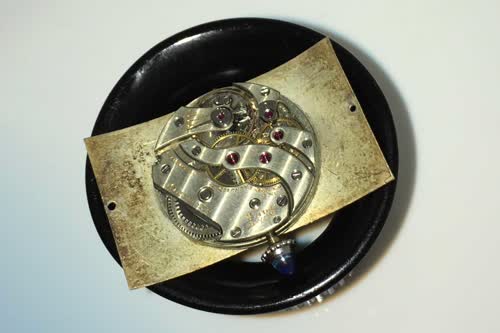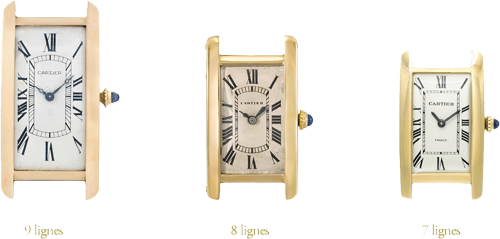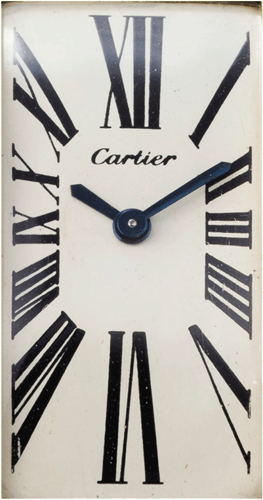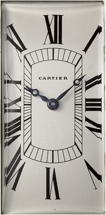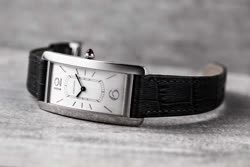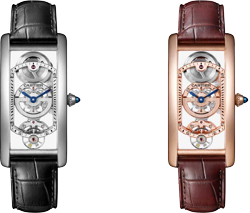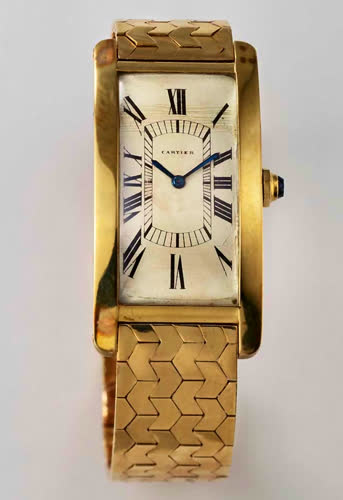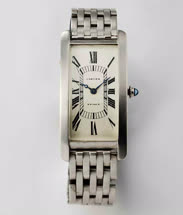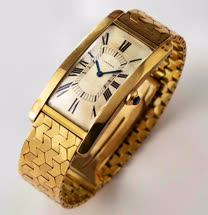|
One major part of the Tank Cintrée’s allure is a sort of horological optical illusion dreamed up by Louis Cartier. Says Cartier collector and watch expert Eric Ku, “The watch was just so radical. Think about going to a dinner party in the 1920s and seeing a Tank Cintrée on someone’s wrist. It would have just blown your mind. The amazing optical illusion of the Tank Cintrée is that it has this aggressively curved shape, and when you see it on the wrist, you ask, ‘How is it possible that they fit a movement in it?’ The genius of the design is the caseback is flat but is recessed into the case, so that it is totally hidden when you wear it. People talk about amazing achievements in architecture in the early 20th century such as the Empire State Building. To me this is equally significant. It is a complete rethinking of how a case is constructed to serve the purpose of beauty. This is why I love Cartier.”
|
